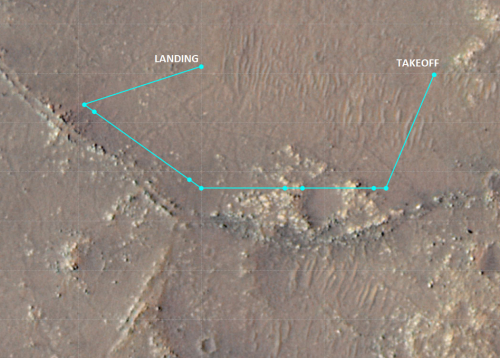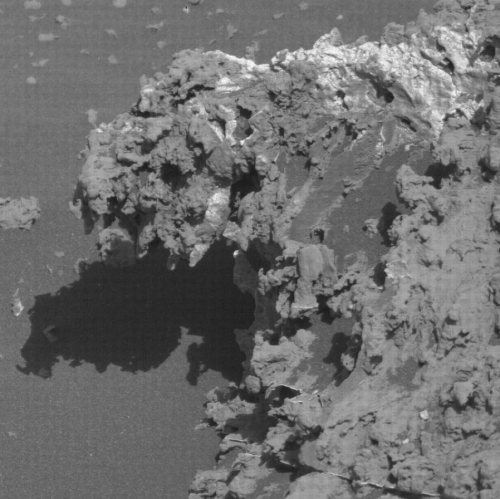1st water vapor in Ganymede’s atmosphere, detected using data from Hubble
Using Hubble data, astronomers have detected the first evidence of water vapor in the atmosphere of Jupiter’s largest moon, Ganymede.
Though larger than the blistering planet Mercury, the Jovian moon Ganymede is no place to go sunbathing. Located ½-billion miles from the Sun, the water ice on its surface is frozen solid in frigid temperatures as low as minus 300 degrees Fahrenheit. This makes the ice as hard as rock. Still, a rain of charged particles from the Sun is enough to turn the ice into water vapor at high noon on Ganymede.
This is the first time such evidence has been found, courtesy of the Hubble Space Telescope’s spectroscopic observations of aurora on Ganymede spanning two decades. The auroras are used to trace the presence of oxygen, which then is linked to the presence of water molecules sputtering off the surface. Ganymede has a deep ocean located an estimated 100 miles below the surface. That’s too deep for water vapor to be leaking out.
This detection has a margin of uncertainty, but it provides a baseline for the up close observations planned for Europe’s JUICE orbiter, set to launch in ’22 and arrive in Jupiter orbit in ’29. JUICE’s study focus will be the three Galilean moons that appear to have lots of ice, Ganymede, Calisto, and Europa.
Using Hubble data, astronomers have detected the first evidence of water vapor in the atmosphere of Jupiter’s largest moon, Ganymede.
Though larger than the blistering planet Mercury, the Jovian moon Ganymede is no place to go sunbathing. Located ½-billion miles from the Sun, the water ice on its surface is frozen solid in frigid temperatures as low as minus 300 degrees Fahrenheit. This makes the ice as hard as rock. Still, a rain of charged particles from the Sun is enough to turn the ice into water vapor at high noon on Ganymede.
This is the first time such evidence has been found, courtesy of the Hubble Space Telescope’s spectroscopic observations of aurora on Ganymede spanning two decades. The auroras are used to trace the presence of oxygen, which then is linked to the presence of water molecules sputtering off the surface. Ganymede has a deep ocean located an estimated 100 miles below the surface. That’s too deep for water vapor to be leaking out.
This detection has a margin of uncertainty, but it provides a baseline for the up close observations planned for Europe’s JUICE orbiter, set to launch in ’22 and arrive in Jupiter orbit in ’29. JUICE’s study focus will be the three Galilean moons that appear to have lots of ice, Ganymede, Calisto, and Europa.












